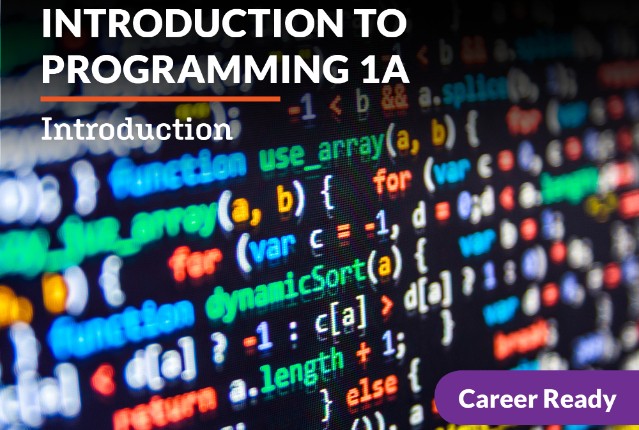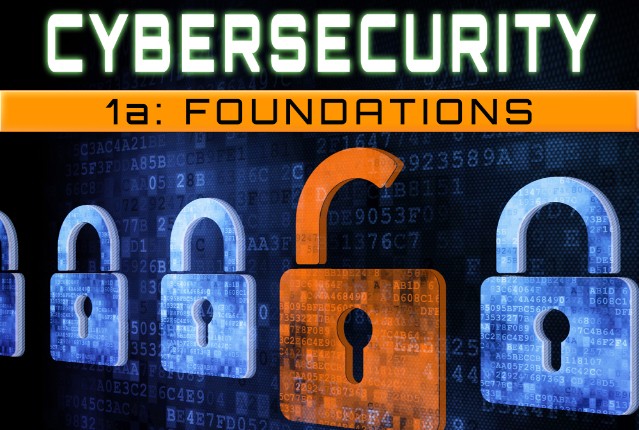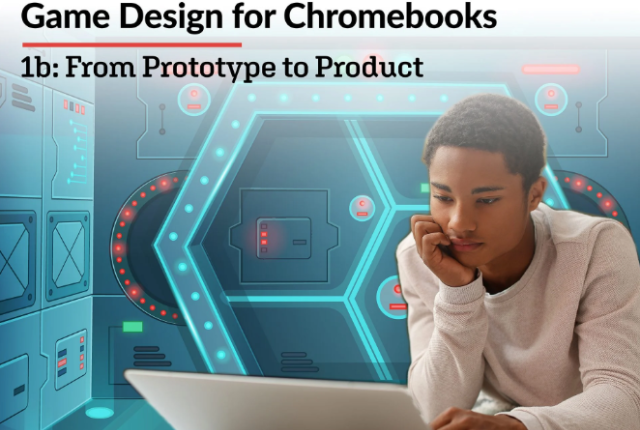
Game Design for Chromebooks 1a: Introduction
Have a great idea for a video game? It’s time to bring it to life. In this hands-on course you will create a playable MVP (minimum viable product). Explore video game history, which provides a springboard to learn about game mechanics, storytelling, character creation, and world building. And yes, you will learn how to code. Through fun, interactive projects, you’ll bring your ideas to life and see what it takes to design a game from start to finish. Plus, if you’re thinking about a future in game design, you will get a behind-the-scenes look at the gaming industry and what it’s like to collaborate with a development team. By the end, you’ll have a game prototype and the skills to keep creating!
Review course outlineAccess for a year
USD 299.00*
* Choose more courses to get a discount



